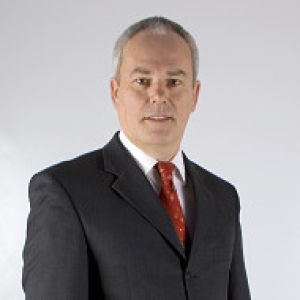LLanfihangel Pontymoel - The Jockey Church
“The yew tree is the most important of all the healing trees, it said. It lives for thousands of years. Its berries, its bark, its leaves, its sap, its pulp, its wood, they all thrum and burn and twist with life. It can cure almost any ailment man suffers from, mixed and treated by the right apothecary.”
Patrick Ness : A Monster Calls
Doing some editing on a story when my phone pinged to remind me there’s a Churches Unlocked day at Llanfihangel Pontymoel – the Jockey Church – today. I’ve photographed the church before, but only from the outside as it was locked, so today seemed a good opportunity. Good excuse to get away from the computer and enjoy the sunshine. Spent longer than planned there because there were several from the congregation willing and eager to tell me about the history of the church and share stories about family history too – plus tea and biscuits so what’s not to like. I was also given a copy of The Churchyard Yews of Gwent which will be interesting reading, and got a couple of leads for other churches with interesting histories and notable ‘residents’ that may be worth a visit over the summer. Like so many other churches there’s a Yew tree in the enclosure which is older than the church itself – as in several other cases the sacred site pre-dates Christianity, suggesting it was venerated before becoming a Christian place of worship. There's a lovely stained glass window in the entrance, dedicated to Elfyn Rees, a church warden (and Apothecary?), so a nice connection to the Yews as healers.
So, why the Jockey church? Good question, so I thought I’d do a bit of quick research. The church is next to the Horse and Jockey pub, which is on the 1890 O.S. map as a coaching inn on the Pontypool to Monmouth road, so coaches would have stopped for fresh horses and/or hotel rooms for the night for travellers on their journeys. Wikipedia tells me Horse and Jockey is frequently used for such coaching inns as a place where horses and jockeys gathered.
I’m only familiar with the use of ‘Jockey’ as a modern horse rider/racer, so the nearest reference I can find to horse-racing is at Shaftesbury Park on the outskirts of Newport, about ten miles away – so a possibility. Alternatively ‘Jockey’ could also (historically) be a reference to a postillion, who rode and guided horses pulling mail and other coaches, rather than employing a coachman (more expensive apparently).
The hill up from the pub towards Pontypool Park is known locally as the Jockey Pitch, where there’s also a bridge over the canal known as the Jockey Bridge, another shorthand reference to the pub.
So I’m guessing that more shorthand was used to identify the church next to the Horse and Jockey coaching inn as ‘the Jockey church’ rather than Llanfihangel Pontymoel Church – not to be confused with several other St. Michael (Llanfihangel) churches in the area – particularly as the area became more anglicised during the industrial revolution. But of course I could be wrong.
- 7
- 0
- Samsung SM-A137F
- 1/333
- f/1.8
- 4mm
- 20

Comments
Sign in or get an account to comment.


